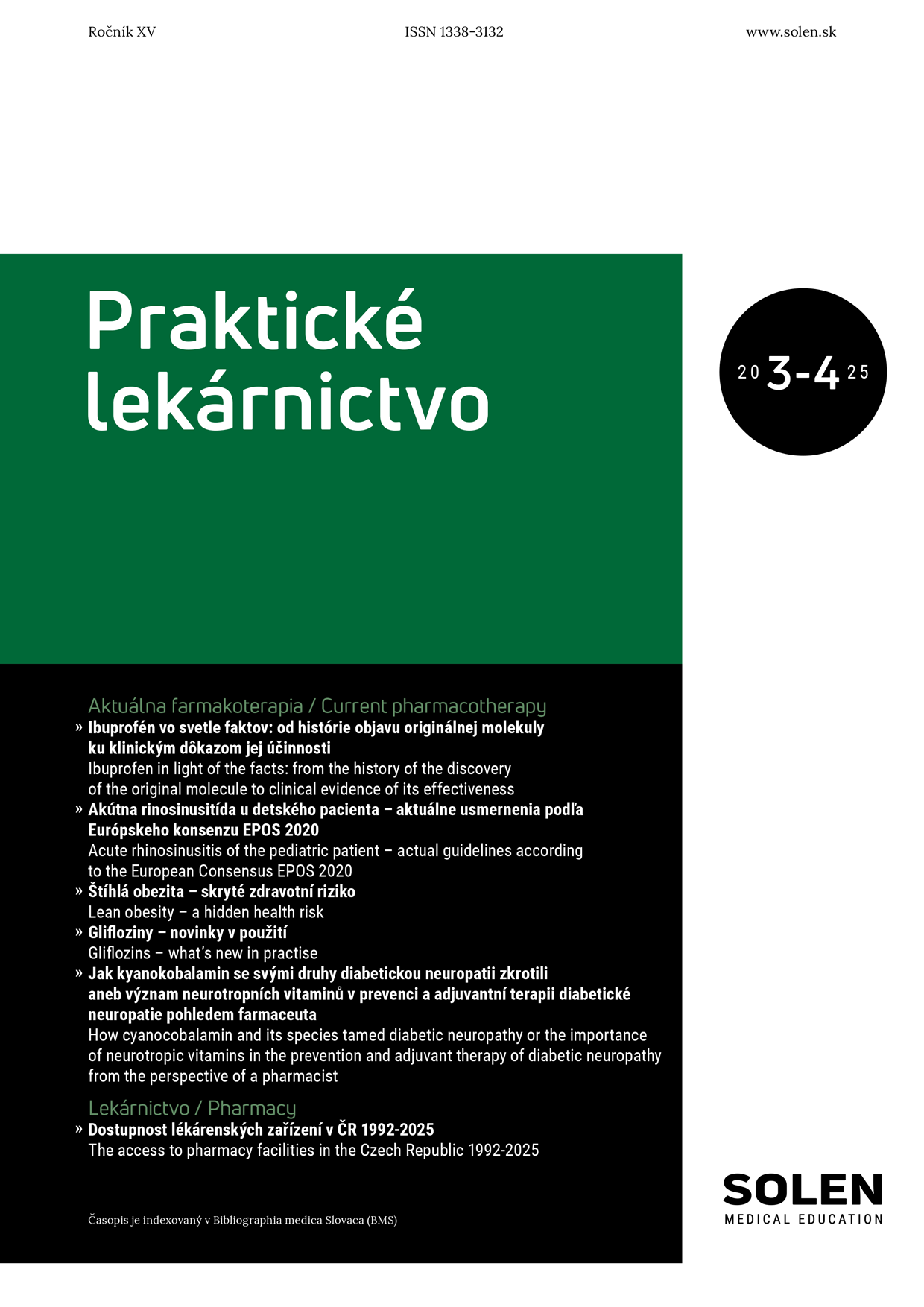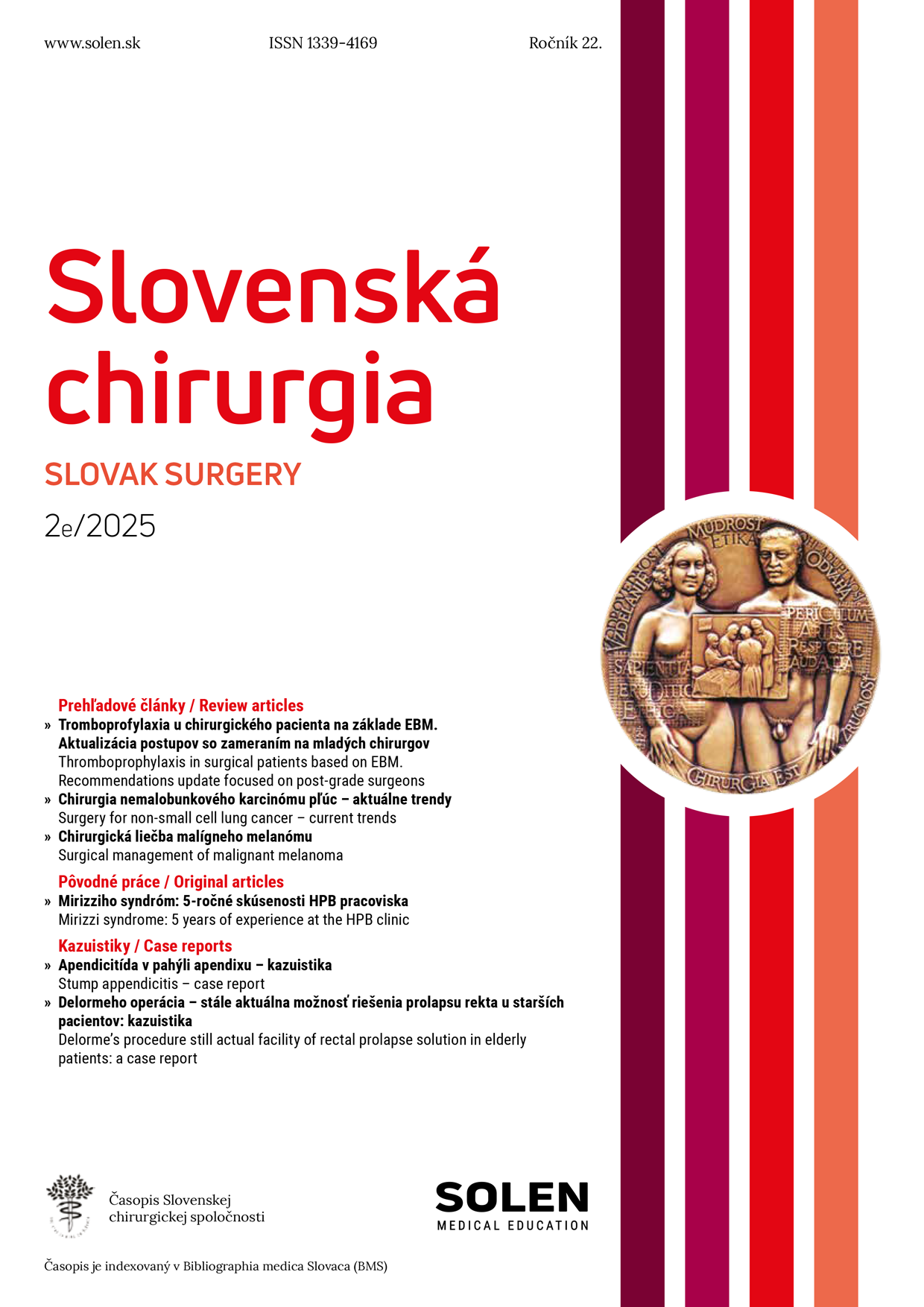Onkológia 6/2014
Kombinácia systémovej liečby a transarteriálnej chemoembolizácie v liečbe symptomatických hepatálnych metastáz malígneho inzulinómu
MUDr. Iveta Kopecká, PhD., MUDr. Marián Streško, PhD., MUDr. Abdullah Dammak, MUDr. Viera Skarbová, MUDr. Andrej Klepanec, PhD.
Cieľ: Cieľom nášho článku je na prípade pacientky demonštrovať využitie kombinácie systémovej liečby a transarteriálnej chemoembolizácie v paliatívnej liečbe hepatálnych metastáz malígneho inzulinómu u symptomatických pacientov refraktérnych na systémovú liečbu. Kazuistika: Opisujeme prípad 52-ročnej pacientky iniciálne liečenej pre adenokarcinóm chvosta pankreasu s metastázami v pečeni. Po 6 rokoch na základe klinického obrazu onkológ vyslovil podozrenie na malígny inzulinóm. Patológom po prehodnotení pôvodnej histologickej vzorky stanovená diagnóza malígny inzulinóm pankreasu stupňa 2. Následne bola pacientka liečená somatostatínovými analógmi a mTOR inhibítorom. Napriek liečbe došlo k progresii metastáz v pečeni, čoho výsledkom bola životohrozujúca hypoglykémia závislá od kontinuálneho podávania glukózy a refraktérna na liečbu oktreotidom. V spolupráci s intervenčným rádiológom sa zrealizovala transarteriálna chemoembolizácia pečeňových metastáz. Už po prvej aplikácii došlo k zmierneniu hypoglykémie a zlepšeniu efektivity lanreotidu v následnej liečbe. Záver: Intervenčná rádiológia je v súčasnosti jednou z možných terapeutických postupov v liečbe pacientov s malígnym postihnutím heparu. Endovaskulárne liečebné možnosti sa stali metódou voľby u pacientov s progresívnym ochorením a príznakmi refraktérnymi na medikamentóznu liečbu.
Kľúčové slová: malígny inzulinóm, transarteriálna chemoembolizácia (TACE), somatostatínové analógy, ťažká symptomatická hypoglykémia.
The combination of systemic therapy and transarterial chemoembolization in the treatment of symptomatic hepatic metastases of malignant insulinoma
Purpose: The objectives to present the case of a patient with malignant insulinoma and to show the feasibility of the combination of systemic treatment and transarterial chemoembolization of liver metastases in malignant insulinoma, for symptomatic patients with severe hypoglycemia, who are resistent to systemic treatment. Case: We describe the case of 52-year-old patient, initially treated from pancreatic adenocarcinoma with liver metastasis. After 6 years, based on clinical characteristics, an oncologist raised suspicion on malignant insulinoma. After re-evaluation of the original histological sample, diagnosis of malignant insulinoma was concluded. Consequently, the patient was treated with somatostatin analogs and mTORinhibitor. Despite of the treatment, a progression of liver metastasis was observed, which resulted in life-threatening hypoglycemia, dependent on continual glucose dosing, and was refractory to the treatment with octreotide. In collaboration with radiologist, transarterial chemoembolisation of liver metastasis wasperformed. As soon as after the first application, improvement of hypoglycemia occured, in addition to improvement of efficacy of lanreotide in the following treatment. Conclusion: Intervention radiology currently one of the possible therapeutic approchaes in the treatment of patients with liver malignancies. Endovascular treatment possibilities became the method of choice for patients with progressive disease andsymptomswith no benefit of systemictreatment.
Keywords: malígny inzulinóm, transarteriálna chemoembolizácia (TACE), somatostatínové analógy, ťažká symptomatická hypoglykémia.

















